Cover
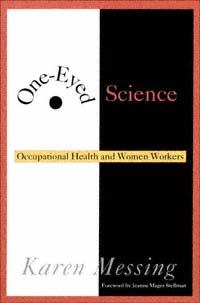
| title | : | One-eyed Science : Occupational Health and Women Workers Labor and Social Change |
| author | : | Messing, Karen. |
| publisher | : | Temple University Press |
| isbn10 | asin | : | 1566395984 |
| print isbn13 | : | 9781566395984 |
| ebook isbn13 | : | 9780585377902 |
| language | : | English |
| subject | Women--Employment--Health aspects, Occupational diseases--Sex factors, Sex discrimination against women, Sexism in medicine. |
| publication date | : | 1998 |
| lcc | : | RC963.6.W65M47 1998eb |
| ddc | : | 616.9/803*/082 |
| subject | : | Women--Employment--Health aspects, Occupational diseases--Sex factors, Sex discrimination against women, Sexism in medicine. |
Page i
One-Eyed Science
Occupational Health and Women Workers
Page ii
In the series
Labor and Social Change
edited by Paula Rayman and Carmen Sirianni
Page iii
One-Eyed Science
Occupational Health and Women Workers
Karen Messing
FOREWORD BY JEANNE MAGER STELLMAN

TEMPLE UNIVERSITY PRESS
Philadelphia
Page iv
| Temple University Press, Philadelphia 19122 |
| Copyright 1998 by Karen Messing. All rights reserved |
| Published 1998 |
| Printed in the United States of America |
 The paper used in this book meets the requirements of the American National Standard for Information Sciences Permanence of Paper for Printed Library Materials, ANSI Z39. 48-1984 The paper used in this book meets the requirements of the American National Standard for Information Sciences Permanence of Paper for Printed Library Materials, ANSI Z39. 48-1984 |
| Text design by Erin Kirk New |
| Poem quoted on pp. 3637, Recipe for a Sidewalk, by Kate Braid, was originally published in Covering Rough Ground (Victoria, British Columbia: Polestar Book Publishers, 1991). Reprinted with permission. |
| Library of Congress Cataloging-in-Publication Data |
| Messing, Karen. |
| One-eyed science: occupational health and women workers / Karen Messing; foreword by Jeanne Mager Stellman. |
| p. cm. (Labor and social change) |
| Includes bibliographical references and index. |
| ISBN 1-56639-597-6 (cloth : alk. paper). ISBN 1-56639-598-4 |
| (paper : alk. paper) |
| 1. Women Employment Health aspects. 2. Occupational diseases Sex factors. 3. Sex discrimination against women. 4. Sexism in medicine. I. Title. |
| RC963.6.w65M47 1998 |
| 616.9803*082 dc21 |
| 97-26885 |
Page v
To Beverly, Mrs. Smith, Andre, Ginette, Nina,
Guylaine, Nicole, and the others who explained to us
about women's work
Page vii
Contents
| Foreword by Jeanne Mager Stellman | ix |
| Preface | xiii |
| 1 | Women Workers and Their Working Conditions | 1 |
| 2 | Is There a Women's Occupational Health Problem? | 12 |
| 3 | Are Women Biologically Fit for Jobs? Are Jobs Fit for Women? | 23 |
| 4 | Who Are Scientists? | 41 |
| 5 | Rigor: The Scientific Basis for Funding | 55 |
| 6 | Constructing Scientific Knowledge | 72 |
| 7 | Musculoskeletal Problems | 85 |
| 8 | Office Work and Health | 100 |
| 9 | Emotional Stressors in Women's Occupations | 111 |
| 10 | Reproductive Hazards | 137 |
| 11 | Science and Real Life | 152 |
| 12 | Changing Science for Women Workers | 166 |
| Notes | 193 |
| Index | 235 |
Page ix
Foreword
JEANNE MAGER STELLMAN
There is no room for argument about the true length of an inch. There may be sociopolitical discussions about whether its usage is to be abandoned in favor of the metric system, but its size, as well as the precision with which any specified measuring instrument can measure length, cannot be questioned. Similarly, we can use a variety of scales for measuring temperature, but everyone who uses them knows what they mean and how to convert from one scale to another. Meters, degrees Centigrade, liters, and cups are units for specifying physical attributes that do not vary with the political climate or the philosophy of the measurer.
When we enter the world of biology and medicine, these truisms vanish. Biological measures ought to be accompanied by cautionary statements providing the data needed for determining just what the measures mean and just how good they are. Even the most straightforward measures are susceptible to inherent biases: height (measured at which part of the day and during which stage of the life-cycle?), weight (for women, at what stage and specific point in the menstrual cycle?), blood pressure (was the measure repeated? was the person standing or sitting or under stress?). Anyone doubting this need only open Karen Messing's book at random to come up with appropriate examples.
Biological measurements are inherently inaccurate and imprecise. The inaccuracy stems from the inadequacy of the model and the
Page x
imprecision from the difficulties in the measurement itself. Why the inaccuracy? At least two basic explanations exist. First, there is much that we do not know about biological mechanisms. Estimating the goodness-of-fit of any measure requires specific knowledge of the true value. But for most biological phenomena we can only make guesstimates, at best, of what the expected values are. Second, there may in fact be no true value. The universe is ultimately controlled by statistics: from bouncing and colliding particles on up to bouncing and colliding societies, we all seem to be randomly moving about, and what we measure as behavior is the average bounce under specified conditions.
Now, when we are talking in colossally large terms, such as the numbers of atoms or molecules, the average is a pretty darned good measure, the conditions under which we are operating can be pretty well specified, and voil, we have a measurement in which we can believe, or at least for which we can state the inherent accuracy and precision with great confidence. We will continue to buy thermometers and yardsticks without any qualms.
But biological populations, or biological phenomena in which we may be interested, do not occur in the absurdly large numbers in which atoms and molecules exist. The entire population of the earth and all the living creatures on itfrom the tiniest virus to the tallest basketball player or grizzly bearare far fewer in number than the quantity of atoms in a cup of tea (with or without sugar)! Thus the sample we take becomes very importantand it sometimes may
Next page

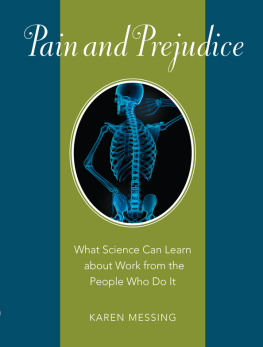

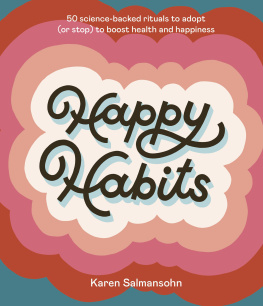

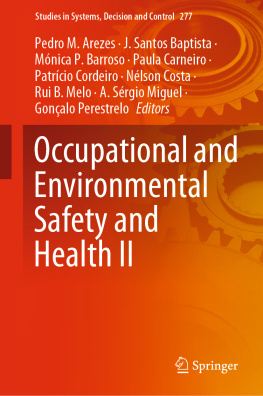
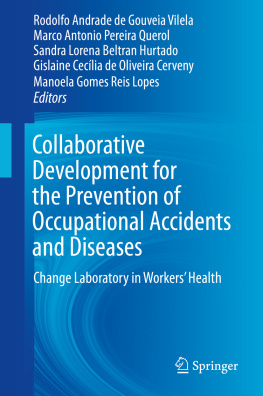
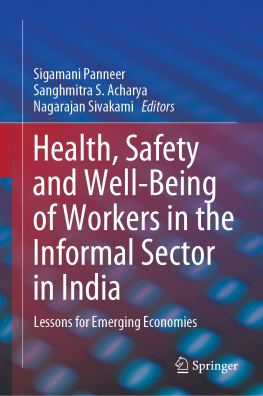
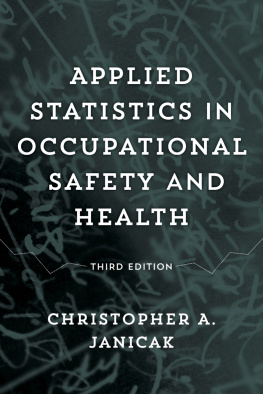


 The paper used in this book meets the requirements of the American National Standard for Information Sciences Permanence of Paper for Printed Library Materials, ANSI Z39. 48-1984
The paper used in this book meets the requirements of the American National Standard for Information Sciences Permanence of Paper for Printed Library Materials, ANSI Z39. 48-1984